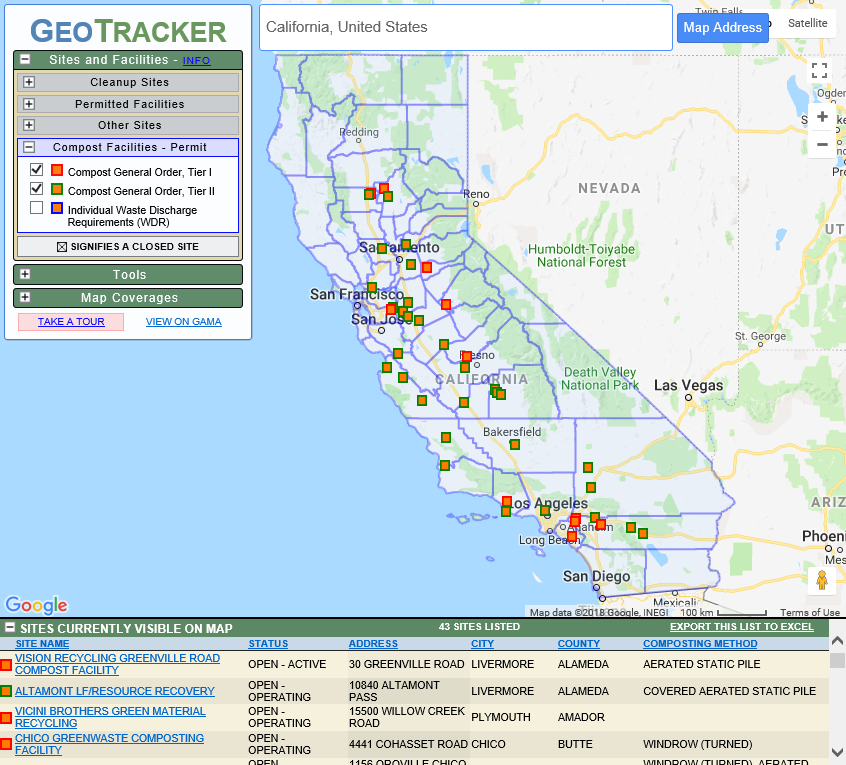
How to reduce your household waste
Throw away less, it’s possible! Throwing peelings, leftover meals, paper and cardboard into household waste is pure waste. These are reusable resources. And their incineration contributes to global warming. But beyond recycling and selective sorting, which have their limits, common sense actions give results. By reducing your waste at the source, you can reduce your trash by half.
Prohibit disposable products
They represent around 8% of waste per inhabitant per year, or more than 30 kilos. Ban wipes, disposable dishes, single-use cameras, etc. Including so-called biodegradable products, which in reality are not, such as toilet paper tube.
Limit packaging
Avoid packaging and excess packaging as much as possible. Choose refills or homemade products. Also consider products sold in bulk. Unless otherwise noted, prefer tap water to bottled water. Don’t let yourself be fooled by the trend for plant-based plastics.
Opt for reusable products
Invest in products that last longer. Choose what is reusable. Buying rechargeable batteries (or accumulators) allows you to drastically limit your waste. Replace paper towels with tea towels, paper coffee filters with a washable filter, aluminum foil with plastic containers, a disposable pen with a refillable pen.
Reduce your paper consumption
Reduce the printing of emails or paper output of documents. Many of them can be viewed on screen and archived digitally. Favor online services: billing for water, electricity, telephone, ISP; income tax return, monitoring of Social Security reimbursements, etc. Finally, put an ad stopper on your mailbox.
Better sorting
More than a third of products sold by manufacturers in California are not recyclable. The recyclable logos, which came into force in 2015, are benchmarks for knowing what can be recycled. Unfortunately this is not affixed directly to the products. You have to go to each manufacturer’s website to find it. On the other hand, don’t let yourself be fooled by the green dot from some packaging. Dirty paper or cardboard should not be sorted. Same thing for plastic bags, films or trays; as well as glass tableware and mirrors. Remember to remove caps, capsules and lids for glass containers.
Compost kitchen waste
Kitchen waste represents on average 65 kg per resident of California and per year. If you have a garden, practice individual composting. This gesture alone would reduce household waste in California by 30 to 40% per year and per person. If you do not have a garden, check with your municipality like Santa Ana to find out if you have collective composting near you.
Reuse garden waste
Consider recycling lawn clippings, dead leaves and plant prunings. Green waste represents on average 160 kg per person per year. Mulching and composting allow them to be reused on site.
Properly manage risky waste
Medicines, batteries, small electrical and electronic equipment, paint cans, solvents, old radio clichés, light bulbs, etc. Certain types of waste should absolutely not be thrown into household waste, because they require special treatment at the end of their life. They must therefore be returned as appropriate to a store, recycling center or pharmacy in California.
Fix
To have equipment repaired, you can consult the reuse directory of Santa Clara or other cities in California.
Give
Furniture, clothes that are no longer needed… Rather than throwing them away, think about giving them a second life. Textile collection containers collect clean clothes, household linens, but also small leather goods and portable shoes. Some municipalities have signed contracts with private companies to help with this endeavor.
